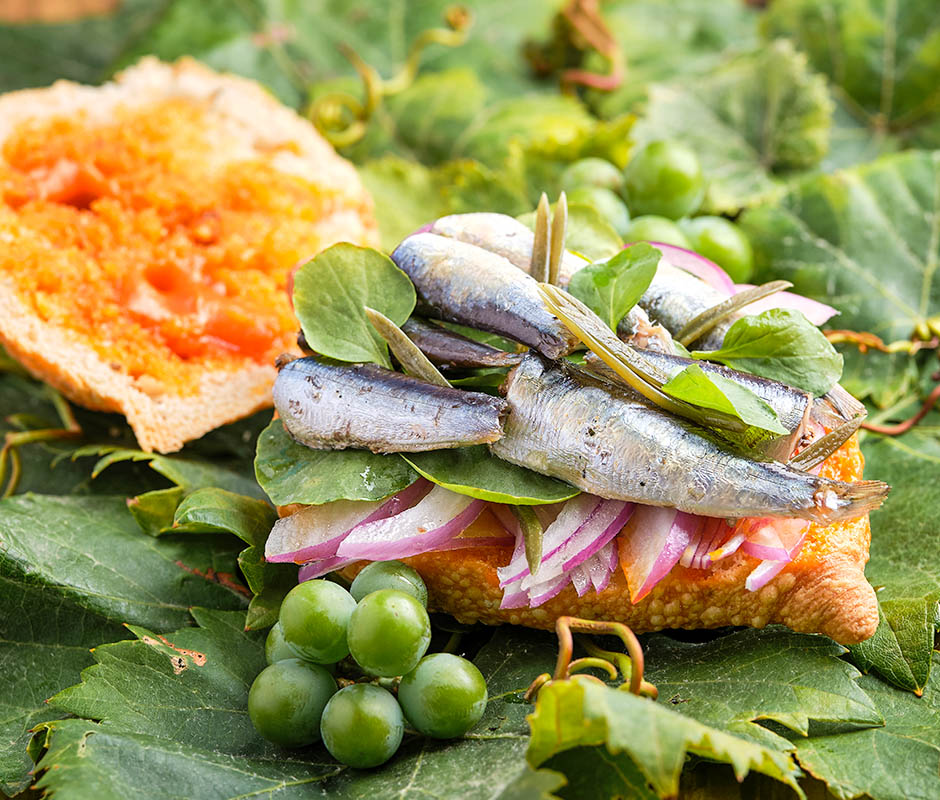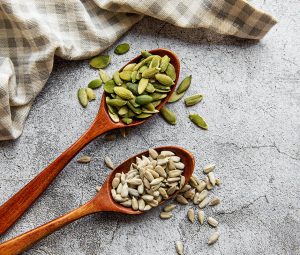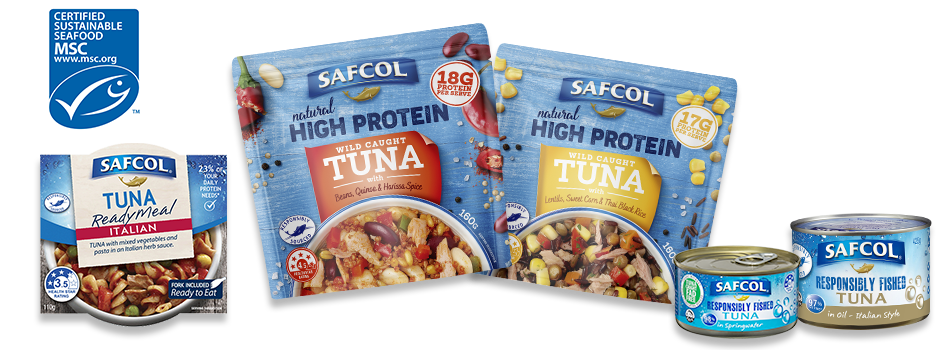Why The Quality of Dietary Fats Matter in Cystic Fibrosis
Posted on : January 11, 2023
-
by Ashleigh Feltham Accredited Practising Dietitian and Accredited Nutritionist
Cystic fibrosis (CF) is a disorder that has severe effects on several organs in the body, particularly the lungs and digestive system. It is due to a disfunction of the endocrine system, which is responsible for producing sweat, saliva, mucus, and tears.
In a healthy individual, these excretions act as lubricants and are slippery, but for those with cystic fibrosis, secretions are viscous and sticky. This causes blockages and build-up of these fluids preventing organs like the lungs from working properly.
The energy needs of a person diagnosed with CF is 110-200% of the recommended daily intake.
With this increased energy, higher amounts of the macronutrients protein and fat are often recommended.
Essential fatty acids are the type of fat that your body needs to get from your diet, as your body cannot make it by itself. Essential fatty acids include alpha-linolenic acid, an omega-3 fatty acid, and linoleic acid, a type of omega-6 fatty acid. Both are polyunsaturated fats that are needed in balance to promote health and well-being, as they play different roles within the body.
Some research suggests that a normal weight can be achieved without the addition of increased calories if the essential fatty acid needs are met. In addition to this, when a fat supplement containing 54% polyunsaturated fat was given for three months duration, there was an improvement in symptoms associated with cystic fibrosis. This was compared to two other supplements. One was equal in calories, the other contained the same number of macronutrients, but with different fats. This research provides further insight into the importance of the quality of the fat to promote optimal health in people diagnosed with CF.
One study found that a supplement of linoleic acid, a form of omega-6, improved the nutritional status of those with cystic fibrosis. A supplement of omega-3 reduced inflammatory markers that, in excess over the long term, promote disease and ill health. This shows the importance of both of these essential fats to promote health in those with cystic fibrosis.
A component of omega-3 fats called docosahexaenoic acid (DHA) is often low in people who have cystic fibrosis. This is due to liver disease often related to this condition. DHA is present in foods like seafood.
 The take home message from this research is both omega-3 and omega-6 fats are recommended to promote health in those with cystic fibrosis. Good forms of omega-6 fats include walnuts, pumpkin seeds, sunflower oil, soybean oil, corn oil, and safflower oil. The best source of omega-3 fats to provide your body with DHA is through fatty seafood like salmon, herring, mackerel, and sardines. Look for ethically sourced seafood, such as certification from the Marine Stewardship Council (MSC) for wild-caught, sustainable seafood.
The take home message from this research is both omega-3 and omega-6 fats are recommended to promote health in those with cystic fibrosis. Good forms of omega-6 fats include walnuts, pumpkin seeds, sunflower oil, soybean oil, corn oil, and safflower oil. The best source of omega-3 fats to provide your body with DHA is through fatty seafood like salmon, herring, mackerel, and sardines. Look for ethically sourced seafood, such as certification from the Marine Stewardship Council (MSC) for wild-caught, sustainable seafood.
Take home message
The calorie needs for those who have been diagnosed with cystic fibrosis are higher than the recommended daily energy intake. This should include more fats within this increased energy budget. The type of fat matters, and opting for mostly unsaturated fats like omega-3 may improve overall health and well-being.

References:
- Strandvik B. Nutrition in Cystic Fibrosis-Some Notes on the Fat Recommendations. Nutrients. 2022;14(4):853. Published 2022 Feb 18. doi:10.3390/nu14040853
- Stallings V.A., Tindall A.M., Mascarenhas M.R., Maqbool A., Schall J.I. Improved residual fat malabsorption and growth in children with cystic fibrosis treated with a novel oral structured lipid supplement: A randomized controlled trial. PLoS ONE. 2020;15:e0232685. doi: 10.1371/journal.pone.0232685.
- Kindstedt-Arfwidson K., Strandvik B. Food intake in patients with cystic fibrosis on an ordinary diet. Scand. J. Gastroenterol. Suppl. 1988;143:160–162. doi: 10.3109/00365528809090239.
- Walkowiak J., Przyslawski J. Five-year prospective analysis of dietary intake and clinical status in malnourished cystic fibrosis patients. J. Hum. Nutr. Diet. 2003;16:225–231. doi: 10.1046/j.1365-277X.2003.00451.x
- Van Biervliet S., Van Biervliet J.P., Robberecht E., Christophe A. Fatty acid composition of serum phospholipids in cystic fibrosis (CF) patients with or without CF related liver disease. Clin. Chem. Lab. Med. 2010;48:1751–1755. doi: 10.1515/CCLM.2010.336
- Simon M., Dalle Molle R., Silva F.M., Rodrigues T.W., Feldmann M., Forte G.C., Marostica P.J.C. Antioxidant Micronutrients and Essential Fatty Acids Supplementation on Cystic Fibrosis Outcomes: A Systematic Review. J. Acad. Nutr. Diet. 2020;120:1016–1033. doi: 10.1016/j.jand.2020.01.007.
- What is CF? Cystic Fibrosis Australia.



